When Congress passed PAFACA (Protecting Americans from Foreign Adversary Controlled Applications), they should have considered the consequences. They apparently didn’t.
With approximately 170 million users, what did politicians think would happen when TikTok actually went dark? Did Congress consider the aftermath? President Trump is trying hard to find a way to keep TikTok from going dark permanently, but he likely won’t succeed.
Given that PAFACA demands applications (Apps) owned/controlled by foreign adversaries be banned, there’s nothing short of ByteDance selling its interest in TikTok to satisfy the current law. There are no halfway measures. According to the law, countries like China cannot hold ownership of apps doing business in the American market.
The question: Will ByteDance sell TikTok? Why should they? Moreover, did Congress think the Chinese would acquiesce to PAFACA? It is worth pointing out: The nexus for PAFACA came from the CIA.
Testifying before Congress, the Central Intelligence Agency warned politicians that companies such as TikTok, which are owned by foreign adversaries, pose a threat to national security. Congress bought it hook-line and sinker.
Still, given the number of users who would be adversely impacted by a shutdown of TikTok—one must ask: What was Congress thinking? Was it all about anti-Chinese sentiment and the coming election?
The seminal question: What if politicians voted against anti-Chinese legislation? Effectively, those politicians would have faced massive criticism as being Chinese sympathizers, possibly costing them their respective elections.
So, the safe vote was to support anti-Chinese legislation—and damn any future consequences. For those politicians, the future consequences are now at hand. It was inevitable that PAFACA would eventually take effect. However, at the time of the vote, there weren’t any real-world consequences, at least not until TikTok went dark on January 19th.
Oddly, President Trump, who has access to the same CIA threat assessment, has pitched a joint Chinese/American ownership proposal. The President doesn’t see Chinese ownership as the threat the CIA does.
Once TikTok went dark, even temporarily—PAFACA became REAL. There’s no going back. Politicians must now face the aftermath of their anti-Chinese vote.
Dan Butterfield is the author of 11 E-books written under Occam’s Razor by Dan Butterfield. A list of publications: “Cultural Revolution,” “Prosecutorial Misconduct,” “Benghazi—The Cover-Up,” “The Russians Are Coming, The Russians Are Coming,” “Treason,” “11 Days,” “First Premise,” “GOP’s Power Grab,” “Guilty,” “Comey’s Deceit,” and “False Narratives.”




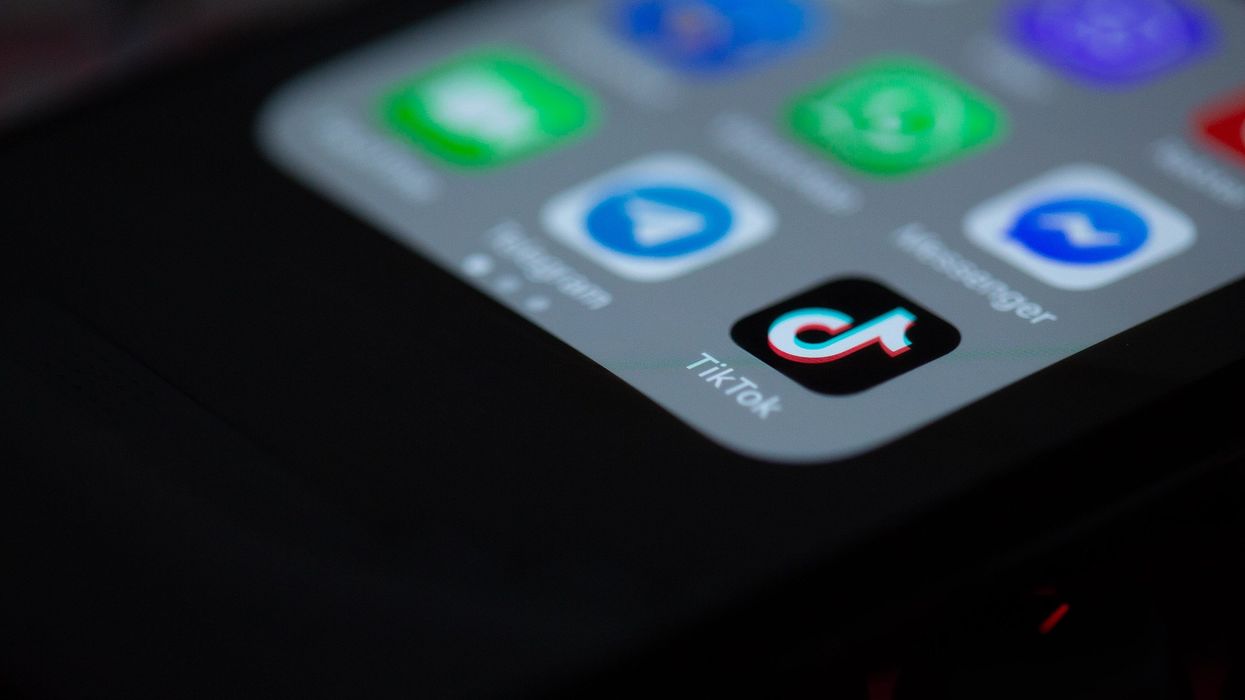


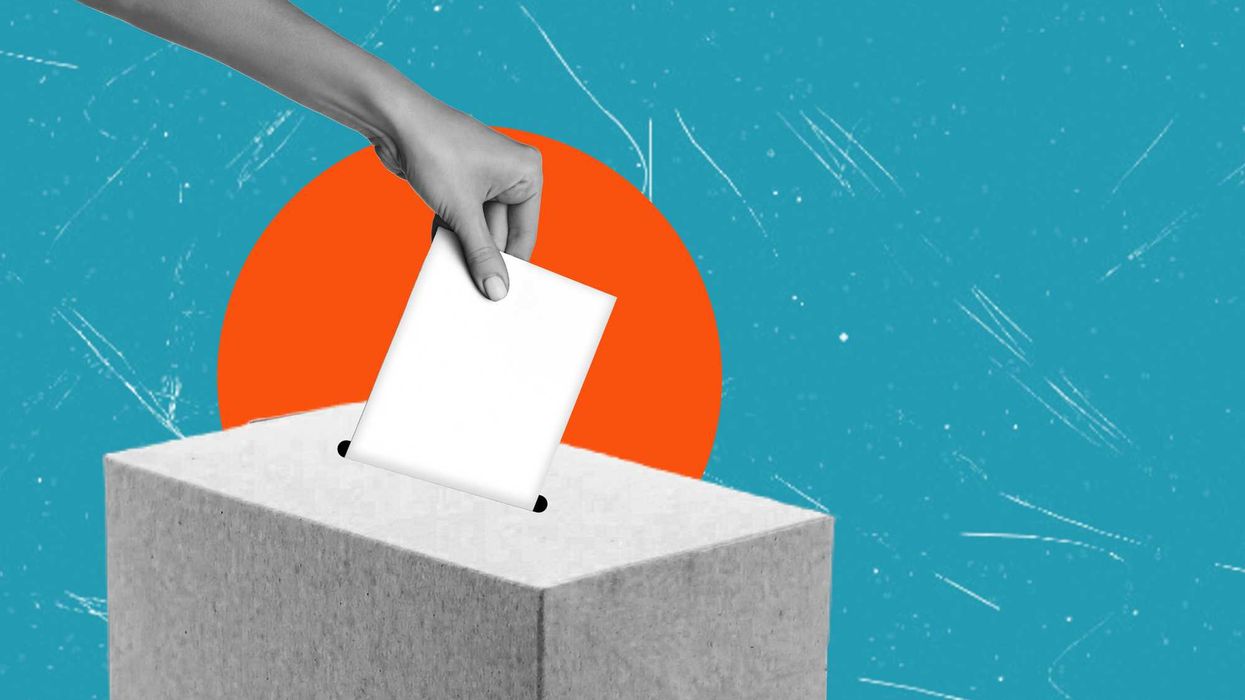
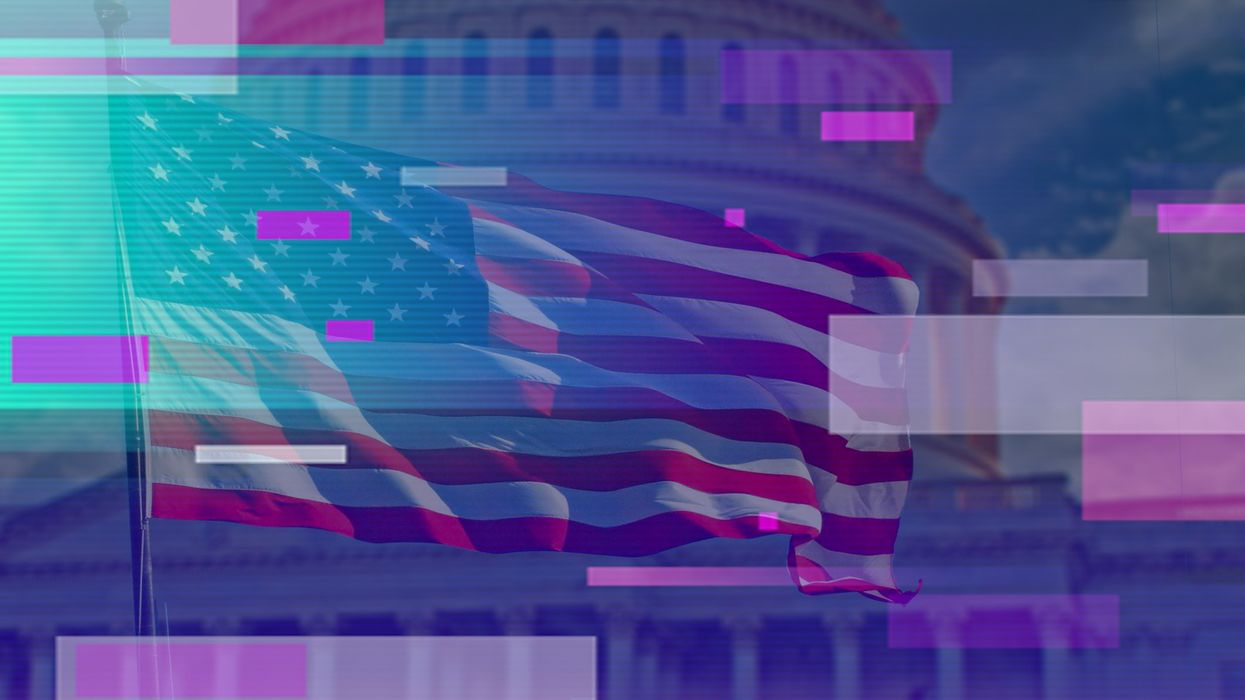
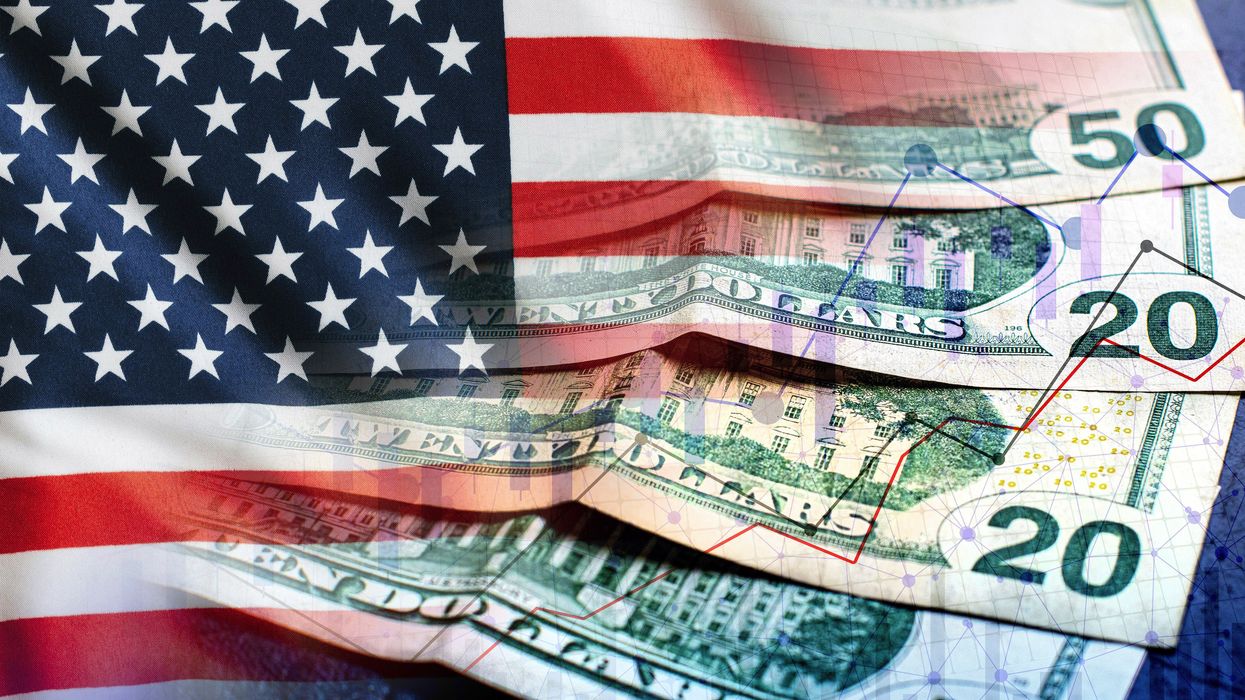
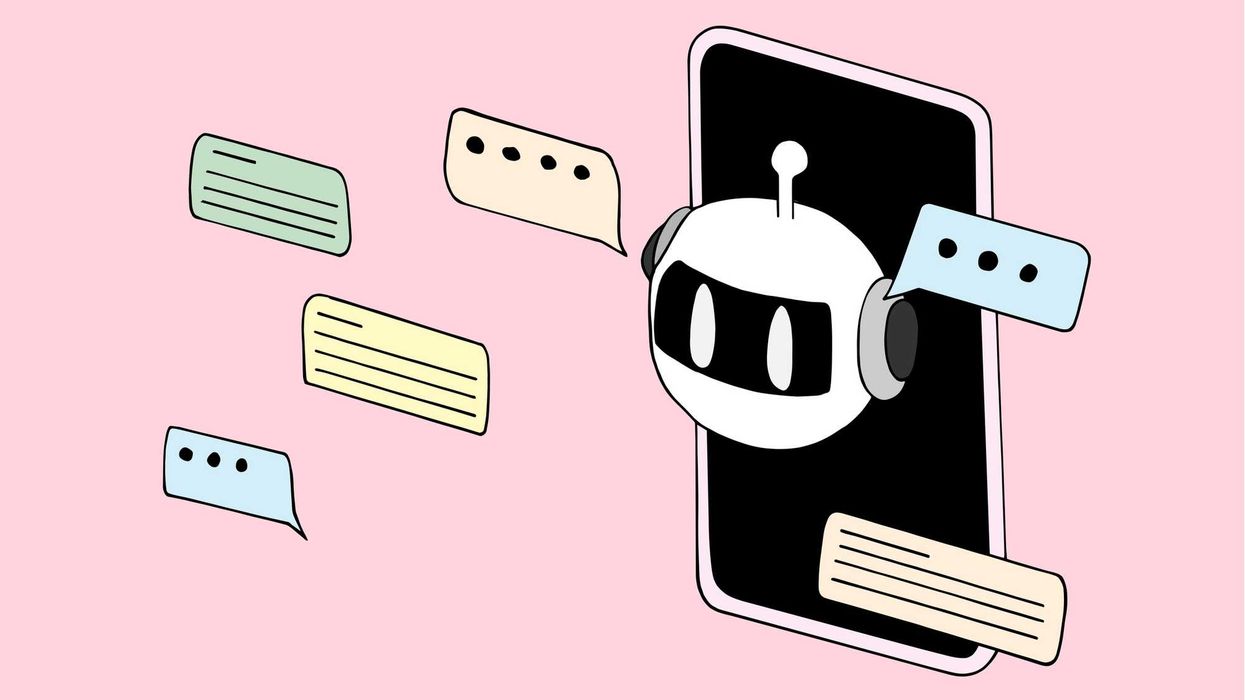







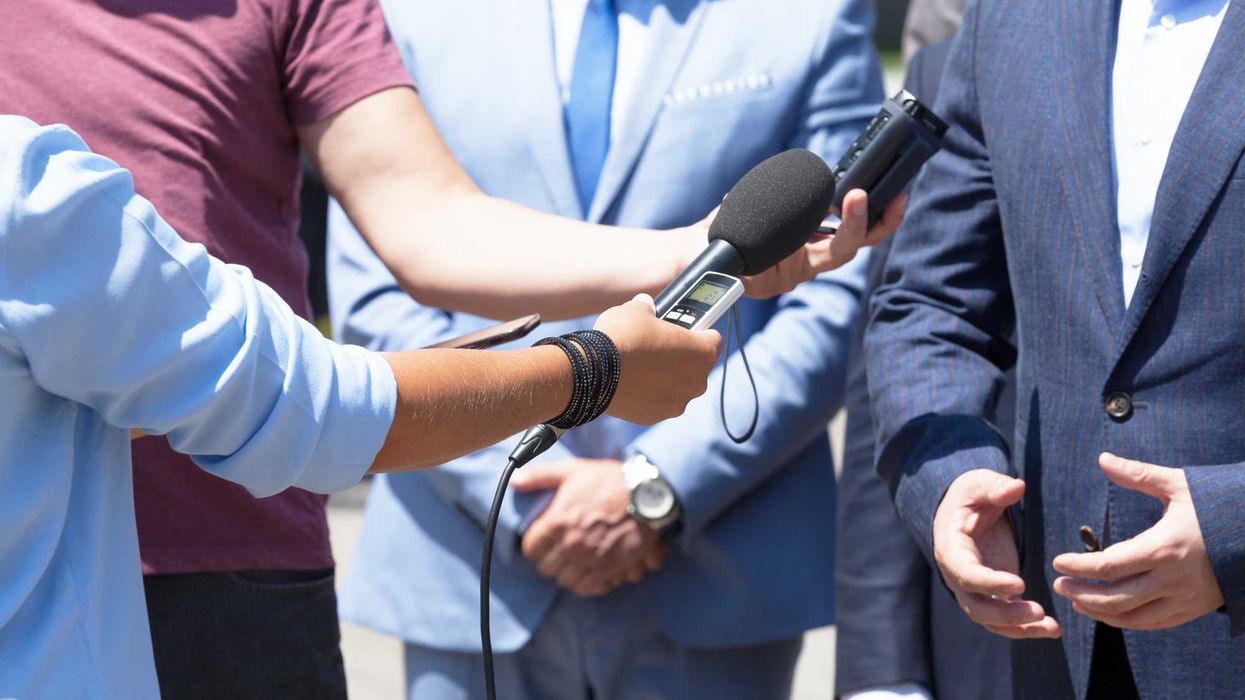
A deep look at how "All in the Family" remains a striking mirror of American politics, class tensions, and cultural manipulation—proving its relevance decades later.
All in This American Family
There are a few shows that have aged as eerily well as All in the Family.
It’s not just that it’s still funny and has the feel not of a sit-com, but of unpretentious, working-class theatre. It’s that, decades later, it remains one of the clearest windows into the American psyche. Archie Bunker’s living room has been, as it were, a small stage on which the country has been working through the same contradictions, anxieties, and unresolved traumas that still shape our politics today. The manipulation of the working class, the pitting of neighbor against neighbor, the scapegoating of the vulnerable, the quiet cruelties baked into everyday life—all of it is still here with us. We like to reassure ourselves that we’ve progressed since the early 1970s, but watching the show now forces an unsettling recognition: The structural forces that shaped Archie’s world have barely budged. The same tactics of distraction and division deployed by elites back then are still deployed now, except more efficiently, more sleekly.
Archie himself is the perfect vessel for this continuity. He is bigoted, blustery, reactive, but he is also wounded, anxious, and constantly misled by forces above and beyond him. Norman Lear created Archie not as a monster to be hated (Lear’s genius was to make Archie lovable despite his loathsome stands), but as a man trapped by the political economy of his era: A union worker who feels his country slipping away, yet cannot see the hands that are actually moving it. His anger leaks sideways, onto immigrants, women, “hippies,” and anyone with less power than he has. The real villains—the wealthy, the connected, the manufacturers of grievance—remain safely and comfortably offscreen. That’s part of the show’s key insight: It reveals how elites thrive by making sure working people turn their frustrations against each other rather than upward.
Edith, often dismissed as naive or scatterbrained, functions as the show’s quiet moral center. Her compassion exposes the emotional void in Archie’s worldview and, in doing so, highlights the costs of the divisions that powerful interests cultivate. Meanwhile, Mike the “Meathead” represents a generation trying to break free from those divisions but often trapped in its own loud self-righteousness. Their clashes are not just family arguments but collisions between competing visions of America’s future. And those visions, tellingly, have yet to resolve themselves.
The political context of the show only sharpens its relevance. Premiering in 1971, All in the Family emerged during the Nixon years, when the “Silent Majority” strategy was weaponizing racial resentment, cultural panic, and working-class anxiety to cement power. Archie was a fictional embodiment of the very demographic Nixon sought to mobilize and manipulate. The show exposed, often bluntly, how economic insecurity was being rerouted into cultural hostility. Watching the show today, it’s impossible to miss how closely that logic mirrors the present, from right-wing media ecosystems to politicians who openly rely on stoking grievances rather than addressing root causes.
What makes the show unsettling today is that its satire feels less like a relic and more like a mirror. The demagogic impulses it spotlighted have simply found new platforms. The working-class anger it dramatized has been harvested by political operatives who, like their 1970s predecessors, depend on division to maintain power. The very cultural debates that fueled Archie’s tirades — about immigration, gender roles, race, and national identity—are still being used as tools to distract from wealth concentration and political manipulation.
If anything, the divisions are sharper now because the mechanisms of manipulation are more sophisticated, for much has been learned by The Machine. The same emotional raw material Lear mined for comedy is now algorithmically optimized for outrage. The same social fractures that played out around Archie’s kitchen table now play out on a scale he couldn’t have imagined. But the underlying dynamics haven’t changed at all.
That is why All in the Family feels so contemporary. The country Lear dissected never healed or meaningfully evolved: It simply changed wardrobe. The tensions, prejudices, and insecurities remain, not because individuals failed to grow but because the economic and political forces that thrive on division have only become more entrenched. Until we confront the political economy that kept Archie and Michael locked in an endless loop of circular bickering, the show will remain painfully relevant for another fifty years.
Ahmed Bouzid is the co-founder of The True Representation Movement.